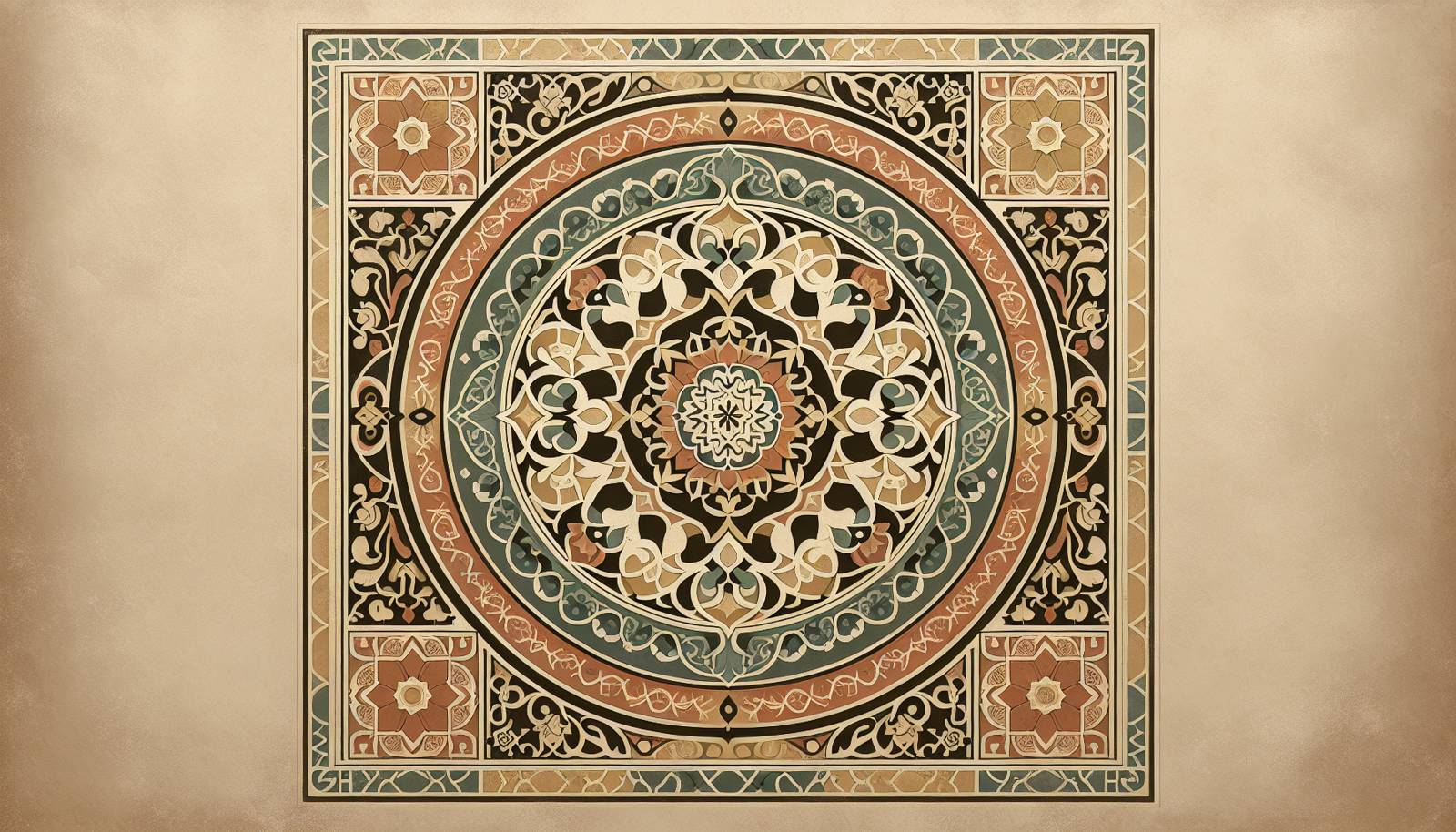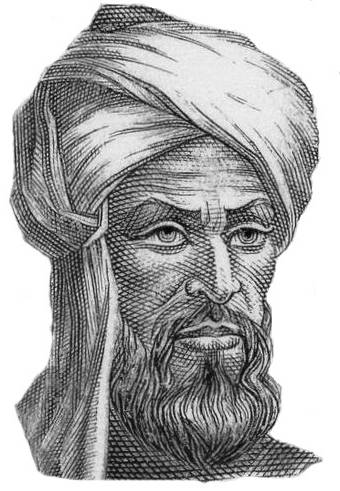
FAQ About Al-Khwarizmi

Who was Al-Khwarizmi?
Al-Khwarizmi was a Persian polymath who lived during the Islamic Golden Age. He was born around 780 AD and is best known for his works in mathematics, astronomy, and geography. Often referred to as the father of algebra, his contributions laid the foundational concepts for many fields of science.

What is Al-Khwarizmi best known for?
Al-Khwarizmi is best known for his pioneering work in algebra. His book "Kitab al-Mukhtasar fi Hisab al-Jabr wal-Muqabala" is considered one of the earliest and most significant works in the history of algebra. It systematically explored solutions to linear and quadratic equations, influencing both Islamic and European mathematics.

Why is Al-Khwarizmi considered the father of algebra?
Al-Khwarizmi is considered the father of algebra because his works formalized solving equations and introduced systematic methods for solving linear and quadratic equations. His efforts to compile and expand on the mathematical knowledge of his time laid the groundwork for an organized approach to handling unknowns in equations, a fundamental aspect of algebra.

What major works did Al-Khwarizmi produce?
Besides his work in algebra, Al-Khwarizmi produced significant contributions to geometry, astronomy, and geography. Some of his notable books include "Kitab al-Jam' wal-Tafreeq bil Hisab al-Hindi" which dealt with Indian arithmetic methods, and his work on astronomical tables. His geographical text "Kitab Surat al-Ard" improved upon Ptolemy's work by refining the coordinates of many locations.

How did Al-Khwarizmi influence European mathematics?
Al-Khwarizmi's works were translated into Latin during the 12th century and greatly impacted European mathematics. His book on algebra, Latinized as "Algoritmi de numero Indorum," introduced the Indian numeral system to the West, which included the concept of zero, and was instrumental in moving European mathematics away from Roman numerals. His methods and approach laid much of the groundwork for modern mathematical thought.

What is the significance of Al-Khwarizmi's "Kitab al-Mukhtasar fi Hisab al-Jabr wal-Muqabala"?
"Kitab al-Mukhtasar fi Hisab al-Jabr wal-Muqabala" is significant because it established algebra as an independent discipline and introduced linear and quadratic equations in a systematic manner. The book offered practical applications for solving debt, inheritance, and business problems, reflecting its importance in medieval society.

When and where did Al-Khwarizmi live?
Al-Khwarizmi lived during the 9th century, approximately 780 to 850 AD. He was born in the region of Khwarezm (present-day Khiva in Uzbekistan) and spent much of his career in Baghdad, which was a major center of knowledge and learning during the Islamic Golden Age.

Did Al-Khwarizmi contribute to fields other than mathematics?
Yes, Al-Khwarizmi made significant contributions to astronomy and geography in addition to mathematics. He wrote influential works that included astronomical tables, observations, and geographical surveys which helped refine the understanding of the world and the cosmos at the time.

How did Al-Khwarizmi's work affect modern numeration systems?
Al-Khwarizmi's introduction of the Hindu-Arabic numeral system, which included the decimal system and the concept of zero, was highly influential in moving Western Europe away from using cumbersome Roman numerals. This system forms the basis of the number system used worldwide today, facilitating easier calculations and the development of modern mathematics.

What was Al-Khwarizmi's contribution to geography?
In geography, Al-Khwarizmi revised and corrected Ptolemy's view of the world in his book "Kitab Surat al-Ard." He recalculated the coordinates of various key locations to improve the accuracy of maps and geographical understanding. His work provided a more accurate depiction of Asia and Africa in terms of their coordinates and geographical boundaries.

What impact did Al-Khwarizmi have on Islamic mathematics?
Al-Khwarizmi had a profound impact on Islamic mathematics by formalizing the discipline of algebra and compiling mathematical knowledge into comprehensive texts. His methodologies and theoretical insights were taught and expanded upon in Islamic universities for centuries, deeply influencing Islamic scholarship and sciences.

Did Al-Khwarizmi write any works on astronomy?
Yes, Al-Khwarizmi wrote several works on astronomy, which included his famous "Zij al-Sindhind," an astronomical table drawing from Indian and Persian sources. These works contributed to the understanding of celestial bodies and events, and they were used extensively by later Islamic and European astronomers.

How did Al-Khwarizmi's work influence Islamic Golden Age scientific advancements?
Al-Khwarizmi's work laid important foundations for scientific advancements during the Islamic Golden Age. By formalizing and transforming mathematics into a structured discipline, he facilitated further developments in astronomy, engineering, and physics. His integration of various cultural and scientific elements exemplified the era's emphasis on knowledge synthesis and innovation.

Where can Al-Khwarizmi's influence be seen in today's education?
Al-Khwarizmi's influence is evident in modern education, particularly in algebra and arithmetic curricula. His logical approach and systematic methodology are core components of mathematical learning. Many standard algorithms used in mathematics today, such as those for solving equations, can trace their origins back to his foundational texts.

What challenges did Al-Khwarizmi face in his work?
While specific historical records of Al-Khwarizmi's challenges are sparse, he lived in a time of cultural exchange and academic competition in Baghdad. He needed to synthesize complex existing mathematical traditions, like Indian and Greek mathematics, into coherent works, making it both a scholarly and culturally integrative task. Additionally, translating these ideas into Arabic facilitated broader accessibility and further dissemination.

Are any of Al-Khwarizmi's original manuscripts still available?
Sadly, none of Al-Khwarizmi's original manuscripts have survived to the present day. What we know about his work comes from translations and adaptations made by later scholars. These copies, particularly those translated into Latin, helped preserve and disseminate his ideas across cultures and centuries.

What distinguishes Al-Khwarizmi's approach to problem-solving in mathematics?
Al-Khwarizmi's approach to problem-solving emphasized systematic and logical procedures. He introduced methods for handling unknowns (al-jabr), balancing equations (muqabalah), and finding solutions to linear and quadratic equations. His practical orientation towards solving real-life problems, such as trade and inheritance, made his work particularly invaluable.

How did Al-Khwarizmi's work help spread Hindu-Arabic numerals in Europe?
Al-Khwarizmi's work, particularly through Latin translations, introduced the Hindu-Arabic numeral system to Europe. His explanations of the numeral system and computational methods made these ideas accessible, practical, and compelling, leading European scholars to adopt this more efficient system over Roman numerals, revolutionizing numerical calculations.

What legacy did Al-Khwarizmi leave behind?
Al-Khwarizmi's legacy is profound, encompassing the establishment of algebra as a mathematical discipline, the promotion of the Hindu-Arabic numeral system, and significant advancements in astronomy and geography. His integration of different cultural insights into science exemplified a collaborative approach to knowledge, impacting diverse disciplines and educational curricula for centuries.
